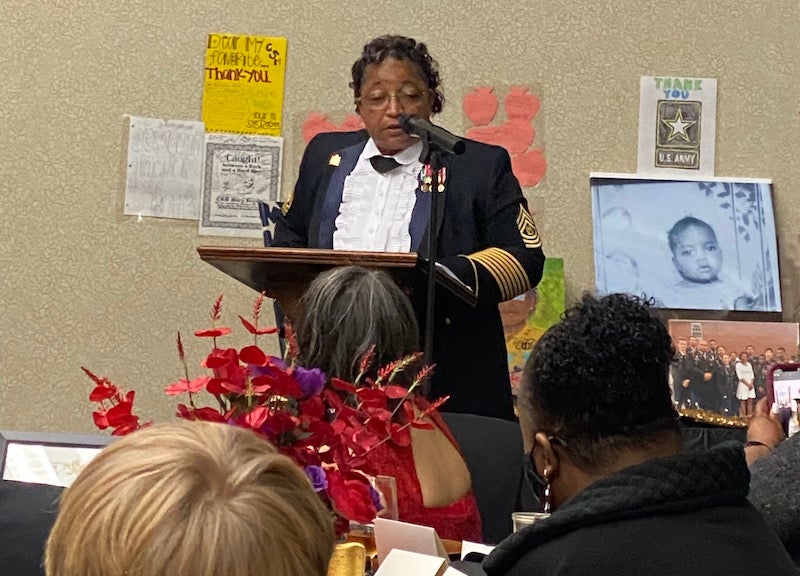No-nonsense guide to effective leadership skills, Part 1
Published 10:50 am Thursday, November 16, 2017
By JOHNNY CARCIOPPOLO / Community Columnist
What makes someone a good leader? It’s really a simple question that can sometimes be difficult to answer. A good leader is more than a manager. Being a good leader has nothing to do with your seniority level, your title or your personality. Having good leadership skills isn’t necessarily something you are born with, either.
Leadership is a process of persuasion. You lead by earning the trust and following of others by demonstrating and showing interest in their well-being. Effective leadership is a skill you can learn. And there is more than one type of leadership style. Building effective leadership skills depends on many different factors besides who you are trying to lead.
Types of leadership styles
Before we get into finding your leadership style, let’s look at a few of the most widely used methods for leadership style categories and examples of each. Then, we’ll move on to how you can sort through them and discover the best leadership style for you and your situation.
- Autocratic leaders make decisions without consulting team members. They emphasize following rules. It’s useful when quick decisions need to be made, such as in an emergency. This type of leadership is ineffective and hurts morale.
- Democratic leaders seek out input from other team members, encourages creativity and value the team members’ individual skills and knowledge. This type of leadership leads to high productivity and job satisfaction.
- Laissez-faire leaders let team members make decisions without direct or very little supervision. The laissez-faire leader trusts his team members and doesn’t need to monitor activities. This is a good style when employees are highly experienced and need little direction.
- Coercive leaders demand immediate compliance with any orders given. They make the decisions alone and team members are expected to follow them without any comments. This style is effective in times of emergencies.
- Visionary leaders inspire their followers to strive for something better. They move people to work toward a goal that benefits everyone. This style is effective when change is needed.
- Affiliative leaders create emotional bonds and harmony with their team members. The leader wants their followers to feel like the organization is part of their lives instead not just a job. This type is good at boosting morale, but needs to be used with other styles to be effective.
- Coaching style is more like a teacher than a boss. The coaching leader guides their team to develop themselves for success in their work and personal lives. This style of leadership is good when working with new or less experienced employees while they gain experience.
- Pacesetting leaders focus on excellence in work and expect the same from all other members of the team. This style works when the team is already motivated to accomplish the goal. Overuse leads to burnout and exhaustion in many employees.
As you can see leadership styles vary greatly depending on the needs of the project or team. Each one has a place but each one on their own may not be as effective as a combination of two or more.








